The iPad has proven to be a bigger success than just about anyone, including Apple, ever predicted. But while the overall tablet market exploded, riding high on the success of the iPad, it plateaued just as quickly, and seems poised for a shakeup in the near future.
Friday marks five years since the first iPad went on sale in 2010. In that time, Apple has sold nearly 250 million tablets.
Not bad for a market that was essentially nonexistent before Apple's entrance.
The iPad has proven to be a versatile device, in use everywhere from checkout registers to the classroom. For many, the iPad offers enough power and screen size for day-to-day computing, but with the added convenience of an ultra-portable form factor.
First, let's take a look at how the iPad has evolved over the last five years.
Thinner, lighter, faster, better
When the first iPad launched on April 3, 2010, it came in one screen size of 9.7 inches. The first model was thick, with a rounded back, and lacked any cameras. Critics decried it as a giant iPod touch, but consumers embraced it, seeing it as a viable low-cost PC alternative.
After a strong start, Apple further accelerated the device's momentum the following year with the iPad 2, featuring an all-new, thinner design, as well as the addition of the magnetic Smart Cover. The iPad 2 also gained both a rear camera and a forward facing FaceTime camera, and its design essentially set the stage for all future iPads to come.
It was another big year in 2012, when the third-generation 9.7-inch iPad was upgraded to a Retina display. But its A5X processor wasn't providing quite enough horsepower for the high-resolution display, and Apple opted to give the "iPad 3" the shortest lifespan of any of its tablets, quickly releasing a fourth-generation model with a faster A6X CPU and the new Lightning port later that year.
Also in late 2012, Apple expanded the iPad lineup with the new the 7.9-inch iPad mini. Though Apple initially decried smaller tablets, the iPad mini allowed the company to hit a lower price point and broaden the appeal of the platform.
Late 2013 saw the debut of the svelte iPad Air, which adopted the thin-bezel design of the iPad mini. And the 7.9-inch iPad mini was also upgraded to a Retina display.
Iterative changes continued in 2014, when the iPad Air 2 became slightly thinner and lighter, and gained an A8X chip and Touch ID fingerprint sensing home button. The iPad mini 3 also boasts Touch ID, but its design and internal components are unchanged.
iPad becomes synonymous with tablet
Sure, tablets existed before the iPad, but the introduction of the first iPad in 2010 defined the modern tablet.
Today, most tablets follow Apple's design philosophy: Finger-based input, mobile CPU, long battery life, and minimal ports and buttons. In the years since the introduction of the iPad, many competitors have stepped up to the plate, including the Samsung Galaxy Tab, Amazon Kindle Fire, and Microsoft Surface.
And while some of those devices have managed to carve out a niche, none have come close to the success of the iPad. Time after time, data over the last five years has consistently shown that Apple's iPad is by far the most popular and most used tablet available on the market, absolutely dominating competitors.
Numerous studies show that the lion's share of tablet use by both consumers and businesses is represented by Apple's iPad, with no competing device anywhere near as popular.
For example, last quarter Apple noted that the iPad alone was responsible for 70 percent of tablet-based Web traffic, while 82 percent of all U.S. e-commerce transactions from tablets come from iPads. Usage of the iPad is six times that of Apple's nearest competitor.
The story is the same in the enterprise market, where Apple accounts for nearly all tablets sold, achieving levels of success never seen by the Mac. Seeing this, Apple struck a deal with IBM to create enterprise-tailored apps and support, hoping to gain a foothold and maintain its position among business users.
"The deeper the apps go in the enterprise, the more it opens up avenues in the enterprise," Apple CEO Tim Cook said last October.
Thinner designs, but also thinner sales
Apple's iPad not only defines the tablet, market, but it also sets the tone for sales. And although the company has gradually improved the designs of its iPads over the last five years, sales in recent quarters have declined.
Apple isn't alone in that trend, however — other tablet sales are down as well. But why?
Amidst declining iPad sales, Apple CEO Tim Cook has said he plans to return growth to the platform eventually.
Cook has said that there are a variety of factors contributing to declining sales, including the popularity of new iPhones with larger screens, and the fact that consumers don't feel a need to upgrade their tablet as often as they do their smartphone. Last October, he said he's still unsure what the upgrade cycle will be for consumers, because the market remains so young.
When asked to guess, Cook said he believes the upgrade cycle for an iPad is "probably between an iPhone and a PC."
Still, Cook and Apple's executive brass have signaled they are bullish about the prospects for the iPad over the long-term. Though the CEO told investors in January that they shouldn't expect sales to turn around in the immediate future, he has also suggested his company could have a few tricks up its sleeve.
"I view it as a speed bump, not a huge issue," Cook said of continued declining iPad sales last October. "That said, we want to grow. We don't like negative numbers on these things."
What next?
Cook wants iPad sales to grow once again, at least eventually. How he plans to get there in a declining tablet market remains unknown, but some are pinning their hopes on a so-called "iPad Pro."
The long-rumored jumbo-sized iPad is expected to feature a screen size between 12 and 13 inches, with most rumors pegging the exact size at 12.9 inches. It's believed that this model could serve as a more powerful mobile computing device, and a potential laptop replacement for some users.
Rumors have suggested an "iPad Pro" could come alongside an upgraded version of iOS that would take advantage of the larger display real estate. For example, a larger iPad could support split-screen multitasking, something that is not possible on the current lineup.
Well-connected analyst Ming-Chi Kuo of KGI Securities also indicated in January that Apple is working on a hardware stylus that will enhance the user experience of its anticipated larger iPad. According to Kuo, the stylus will likely be an optional add-on that will provide new and more precise input methods for users who need it.
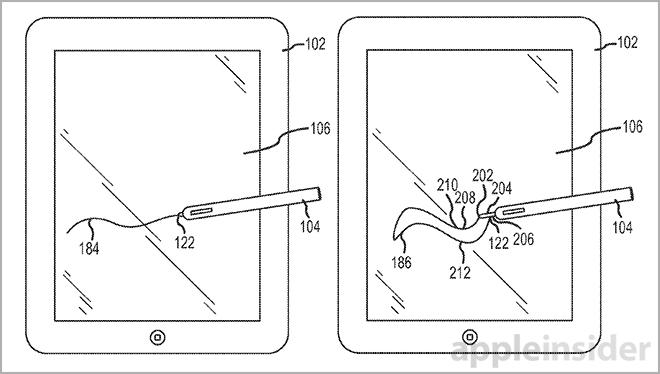
One of Apple's latest filings detailed an iPad stylus with extendable 'multitouch' nib, onboard light and motion sensors.
There have also been rumors that Apple could expand the productivity of the iPad with a USB expansion port, possibly with the new, smaller USB-C connector allowing easier connectivity with accessories such as a keyboard or mouse. Purported "iPad Pro" parts leaked from Apple's supply chain have also suggested Apple could introduce stereo speakers and landscape mode docking of the device.
Since rumors of the 12.9-inch iPad have been around for years, the release date remains an unknown. The latest reports have suggested it could launch this year, but there have been no solid indications that Apple intends to release it soon — or at all.
If the "iPad Pro" goes the way of the Apple television and other heavily rumored, nonexistent products, it's unclear what else Apple may have on tap to reignite sales of its market leading tablet.
Five years after its launch, the iPad finds itself at a crossroads. But while the future of Apple's tablet is currently unclear, the iPad's astounding success remains indisputable.
 Neil Hughes
Neil Hughes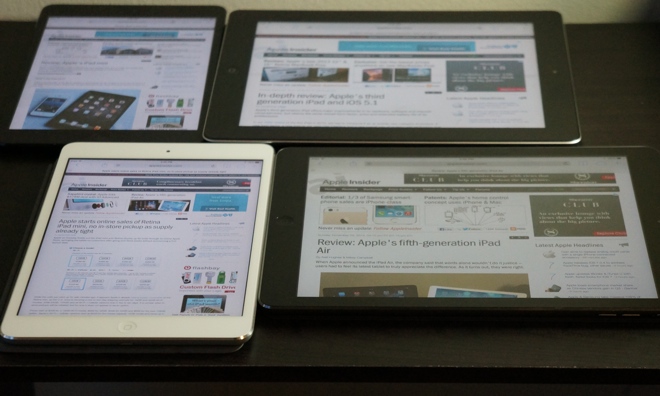
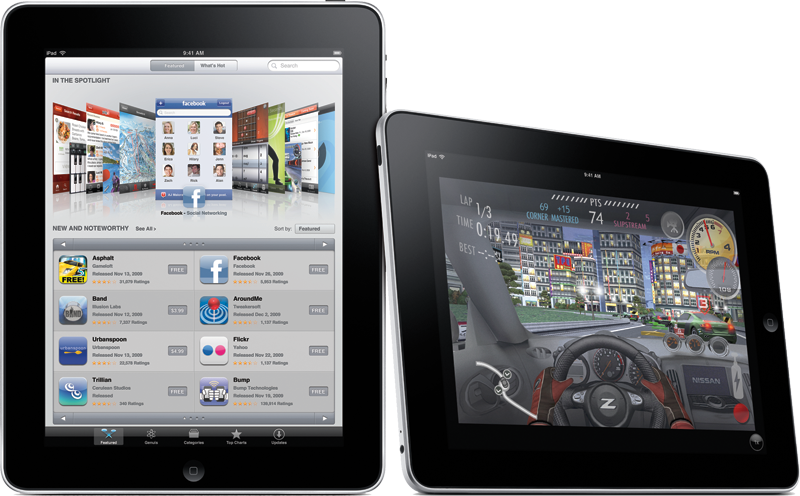

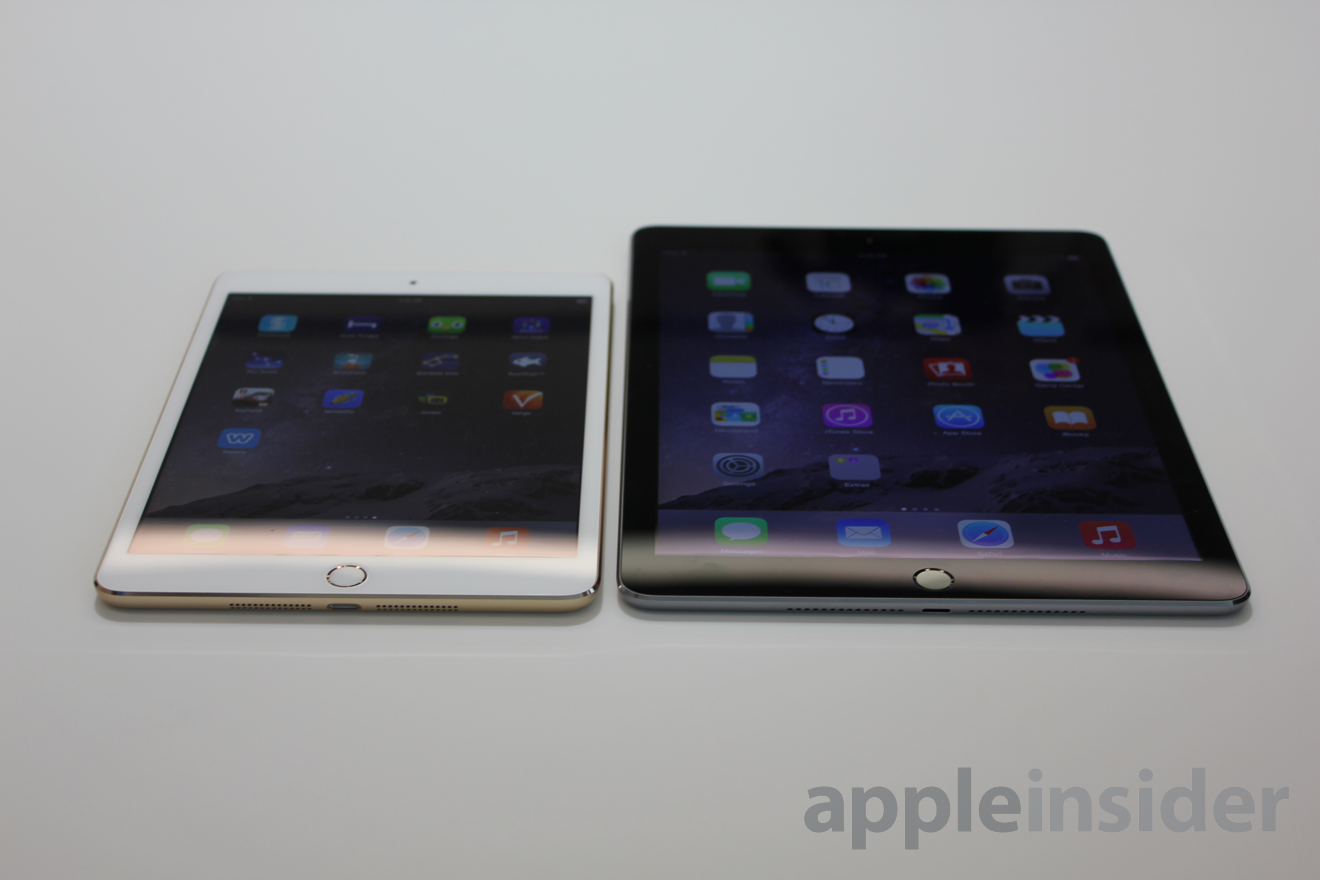



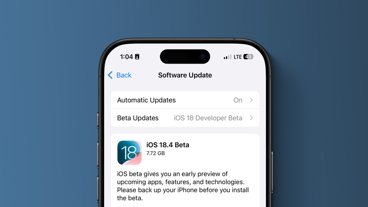
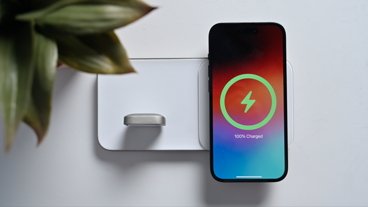
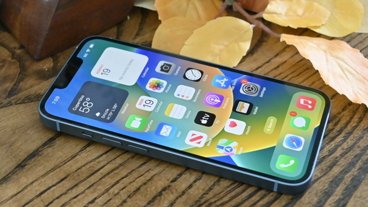

-m.jpg)






 Malcolm Owen
Malcolm Owen
 William Gallagher
William Gallagher
 Andrew O'Hara
Andrew O'Hara
 Sponsored Content
Sponsored Content


 Amber Neely
Amber Neely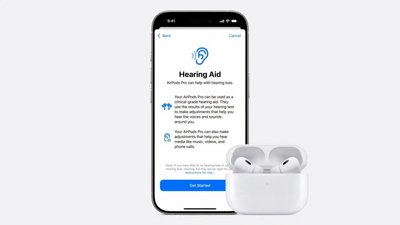
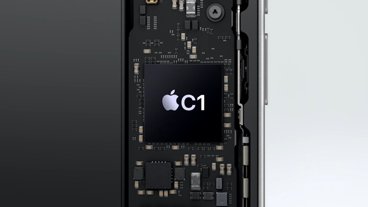

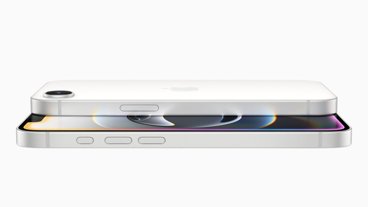
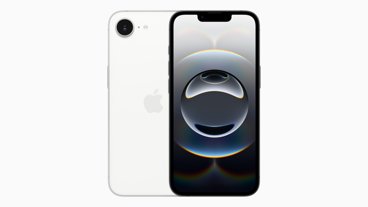
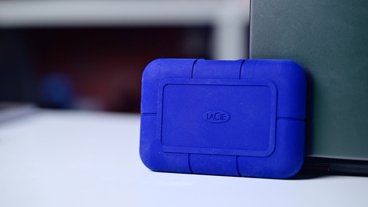




56 Comments
Historically, Apple products were never viewed as being short-life consumables but this article portrays the iPad as just that. A hugely successful product that's already done in five short years. My iMac is six years old and I still have older Macs in my closet that are still functional yet the iPad is now history because nothing lasts for more than an instant in this day and age (a very short age at that). This article is very defeatist, especially the garbage at the end saying Apple is done if they can't find something to replace the iPad. I think I'll send this article to Macalope as another example of people saying Apple is dead. One of the most anti-Apple articles I've ever read on AI.
I look forward to the new iPad Pro with pen input and split screen functionality. It will make the "Surface Pro" seem like a silly idea. Who needs a keyboard when a really functional pen can better address the market needs.
Maybe instead of looking at how many iPads Apple is not selling look at how many they are. How much profit is being made on the decreased sales. It is not like they are having to give them away and losing money on every one that goes out the door. Sometimes we just miss the point of things.
Unfortunately I think Apple let iPad stagnate a bit. I mean when Cook announced the Air 2 he asked how the best tablet even better and then proceeded to run a short video that showed the iPad getting 18% thinner. To me that's stagnation. Outside of making the device thinner and lighter what real innovation has Apple brought to the device. While I'm not a fan of the Surface (I think it's a compromised concept) there's a reason that product still exists and in some cases is actually becoming popular. What is Apple going to do now that the device is about as thin and light as they can go?
I think upgrade cycles are a huge issue. With my iPhone I want one every 2 or three years--the carrier subsidy model virtually insures that I upgrade regularly. With my MacBook Pro, it starts feeling long in the tooth after a few years. Working with video and photos feels like it starts to drag--especially when you know there are faster lappys out there... My iPad, on the other hand, is running fine. It's fat and large compared to the Airs. The screen is a little cracked but holding together fine. I read on it every day. I watch Netflix every day. It's fine for surfing the net or working with pictures when I'm traveling. Problem is, it's too good. I love it and I would love a newer one. But I'll probably get a new laptop first even though the iPad is older. And I will have gotten two new iPhones before I replace it. Nothing wrong with the iPad at all. It's just too good.